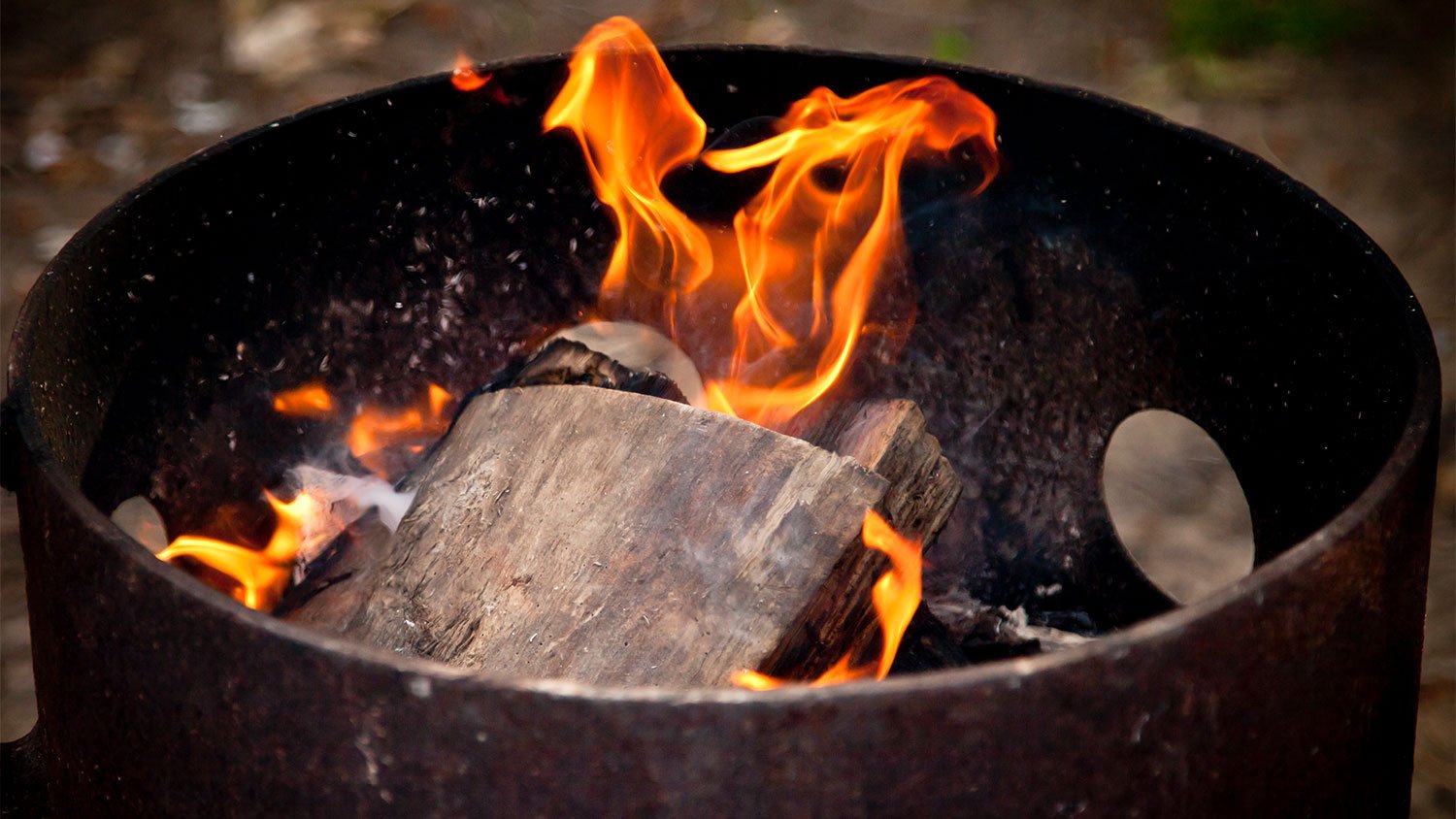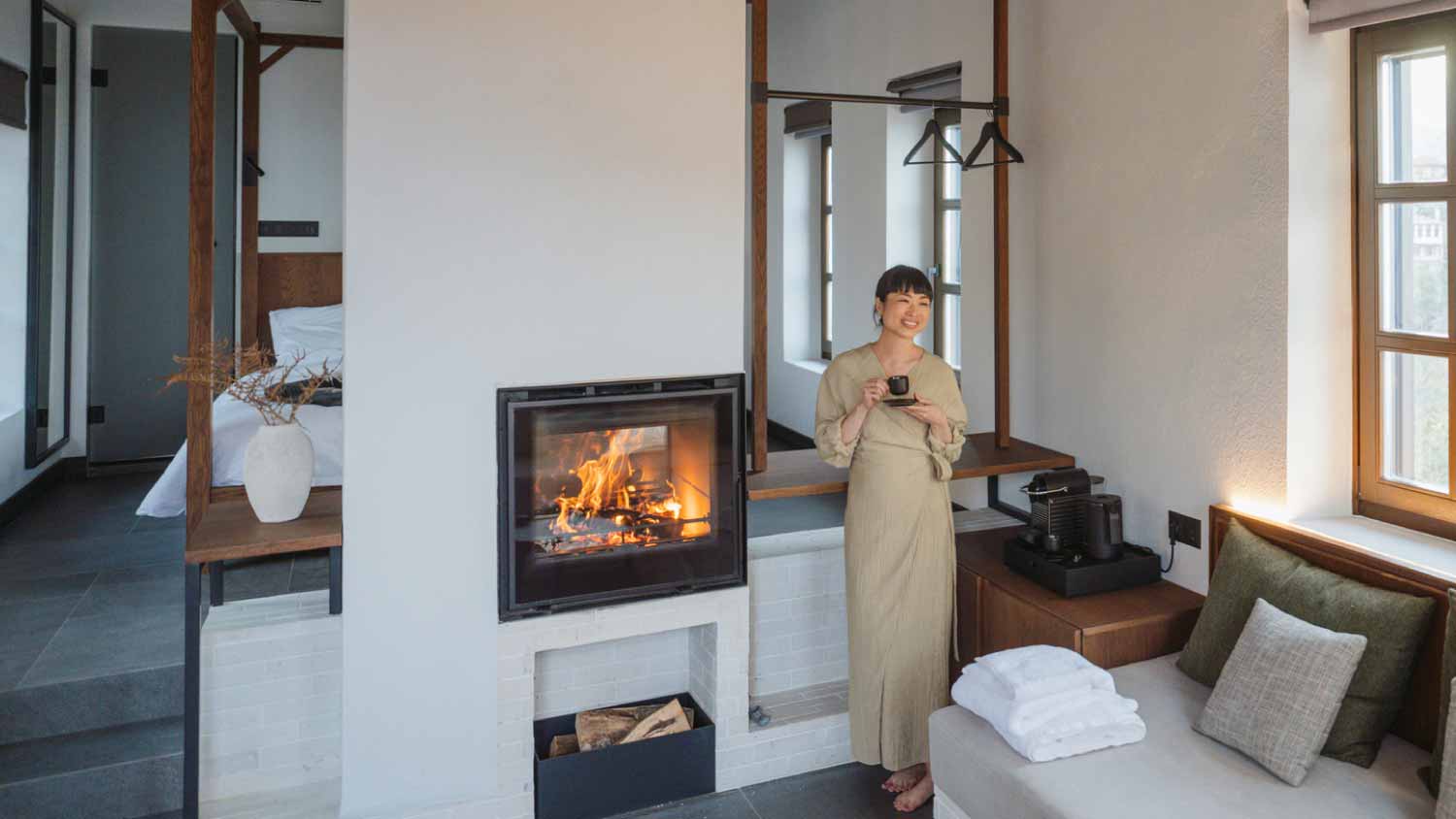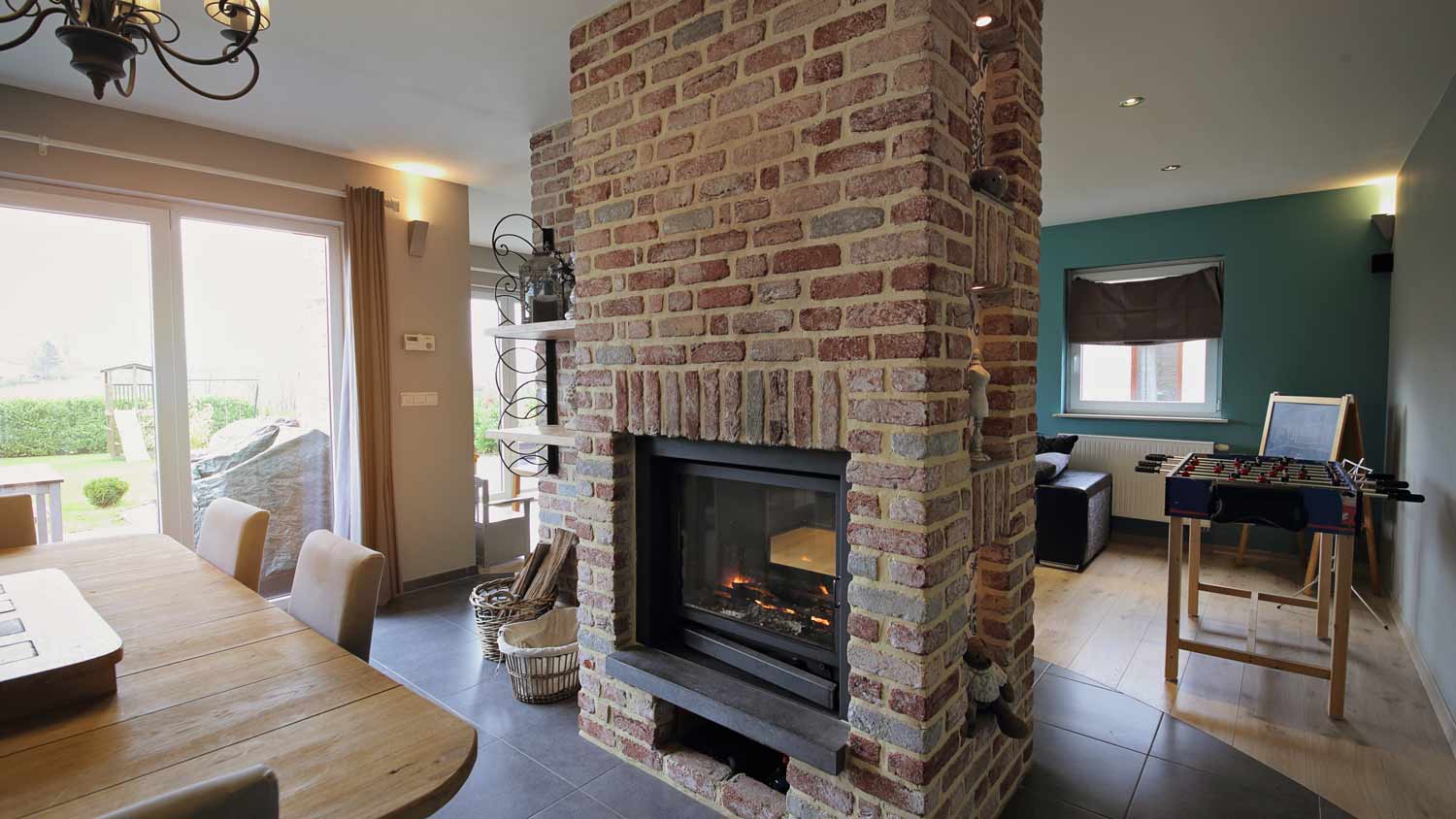
Want a safer, cleaner alternative to your traditional fireplace? Use this guide to determine the cost to convert a fireplace to gas in your home.
Safety before s’mores


We’re drawn to fire by an almost magical energy; after all, fire is the force that helps us cook our food, stay warm, and light our lives when electricity is not an option. There are many reasons to install a fire pit in your backyard; most notably, it can provide a special rustic quality without having to pack up the SUV and head out to a remote campsite. But before you strike a match, make sure to read our tips for keeping things safe when using your fire pit.
Open up your favorite weather app and check the wind conditions. If it’s going to be a blustery day, it’s best to forgo the fire pit altogether, as the wind will make it difficult to light the kindling and will increase the chances of an ember getting where it isn’t supposed to be, starting a blaze outside of your pit. If you do opt to start a fire on a day with a little wind, ask your guests to sit on the upward side of the fire pit to prevent smoke from getting in their faces.
Trim any tree branches that are close to your fire pit. Branches near the pit should be trimmed at least 12 feet up on the tree, but ideally up to 20 feet. The higher, the better in order to prevent a fire.
Make sure your fireplace is located 10 to 20 feet away from anything flammable, whether that be a tree, a fence, a clothesline, or electrical wires; and it’s best to keep the flames at least 15 feet away from trees at minimum. The heat from the fire will create a dry environment, so even if an object isn’t hit with a spark, it could ignite from becoming dry, brittle, and overly hot. You should also check that the fire pit walls are high enough that children won’t fall into the flames or onto hot coals; they should be at least 18 to 20 inches high. Look into fire pit screens for added protection.
Finally, double check with your HOA and homeowner’s insurance for any fire pit rules and regulations you may need to follow. Once you spot a prime location, you can hire a handyperson to construct it—or you can build a DIY fire pit.

You should know if your fire pit uses gas, wood, propane or alcohol for fuel; check the manual if you are unsure. If it uses wood, make sure to use dry, seasoned wood that was cut at least six months earlier. Avoid softer words, such as cedar and pine, and opt for ash, hickory, and oak which burn longer. Cherry is also a good option, considered a moderately hard wood that doesn’t smoke or burn too much.
A fire pit is like a baby—it shouldn’t be left alone, even for a moment. If you need to step away and there’s no one else around to keep watch, you should put the fire out. Even small flames can cause enormous, destructive fires.
Hopefully, you won’t need these tips to handle an emergency fire situation, but rather to safely end a night of fun around a warm fire. To extinguish your fire pit, use one of these methods:
Water: Grab your garden hose and spray the flames until they are out. Just make sure that your pit is impervious to water—some ceramic and metal fire pits will crack when exposed to a lot of moisture.
Sand: Keep a bucket of dry sand near your pit to dump on the flames. If you have a gas or propane pit, make sure to turn off the supply before dousing the fire.
Extinguisher: Use a dry-chemical extinguisher with a Class B or C or multipurpose rating. To use an extinguisher, you should first pull out the pin, then aim it at the base of the fire. Squeeze the trigger slowly, and move the nozzle from side to side.
Municipalities across the country sometimes issue no-burn alerts to maintain healthy air quality. If a no-burn alert has been issued, do not start a fire in your pit. Usually the alerts last for 24 hours.
From average costs to expert advice, get all the answers you need to get your job done.

Want a safer, cleaner alternative to your traditional fireplace? Use this guide to determine the cost to convert a fireplace to gas in your home.

A fireplace remodel cost depends on the extent of the remodel and the materials you choose. Use this guide to calculate your costs and budget accordingly.

An outdoor fireplace can easily cost over $3,000 if you aren’t careful with your budget. Learn what factors contribute to the overall cost of this luxury project.

The right wood-burning stove can efficiently warm your space and make it cozy and inviting. Weigh the pros and cons of seven types of wood-burning fireplaces.

What is a fireplace insert? It’s like a traditional fire in a box—which helps keep the heat it generates in your house, rather than draining out the chimney.

If you want to add a wood, gas, or electric insert to an existing fireplace, you’ll need a pro to help. Find out who installs fireplace inserts with this guide.